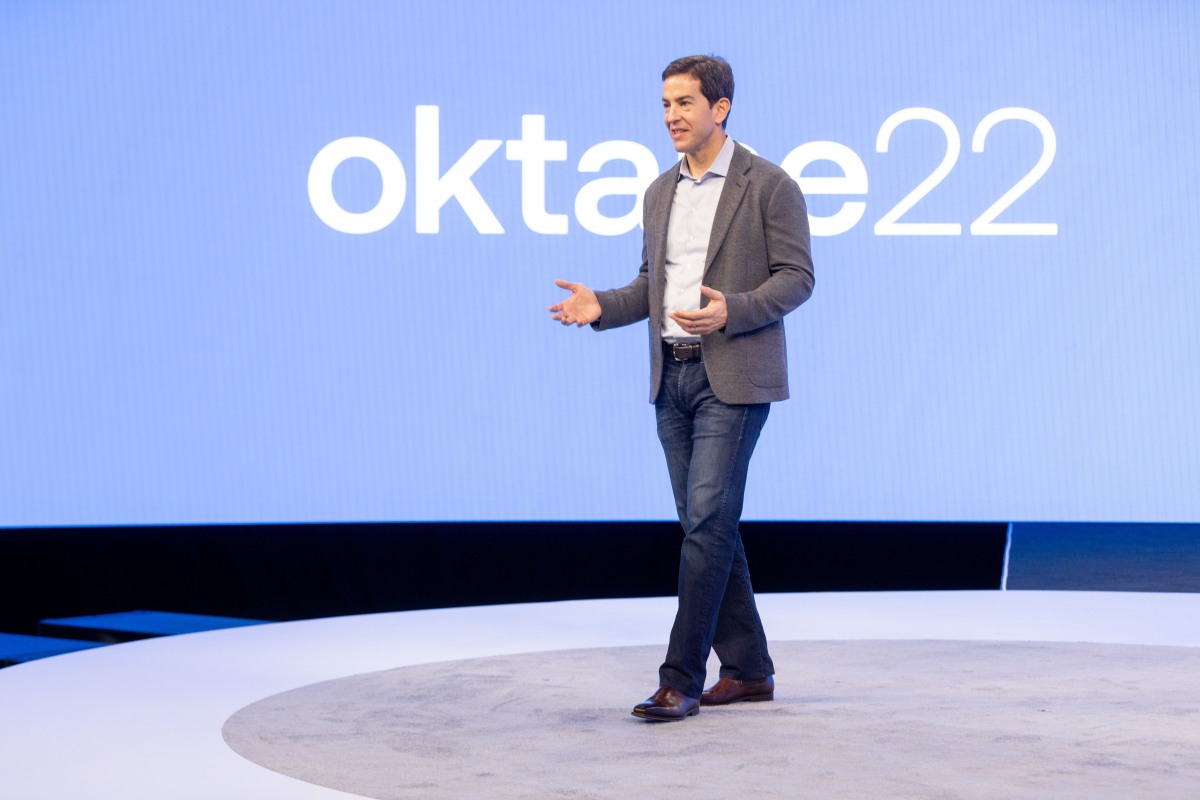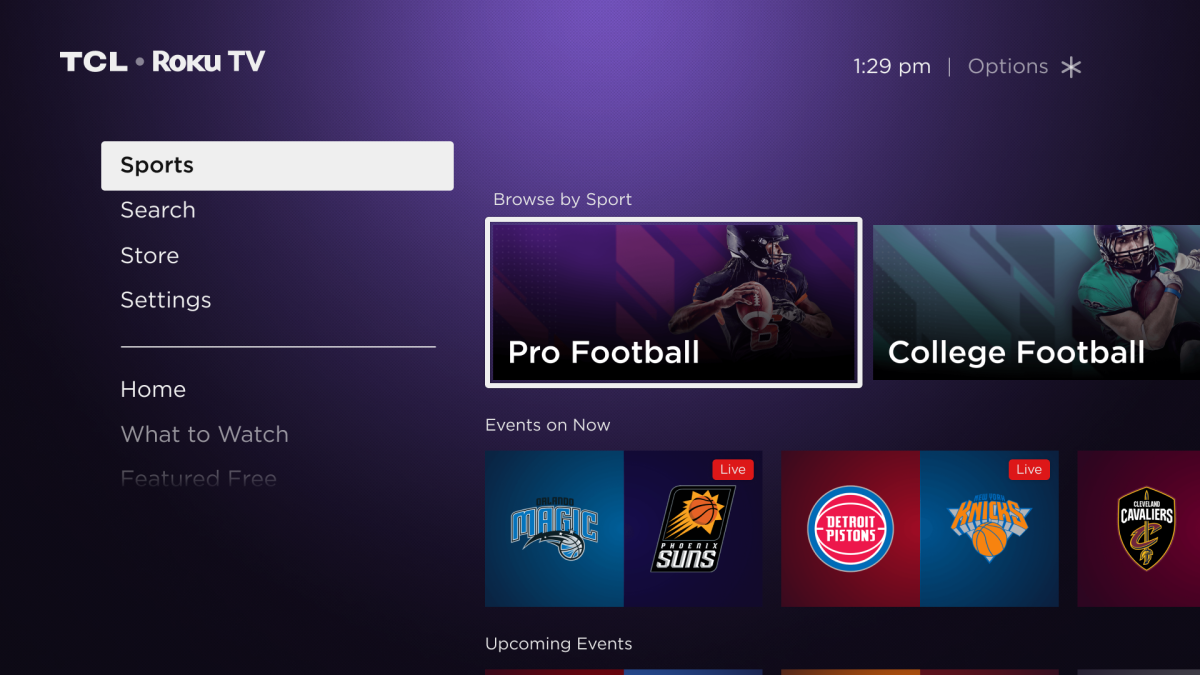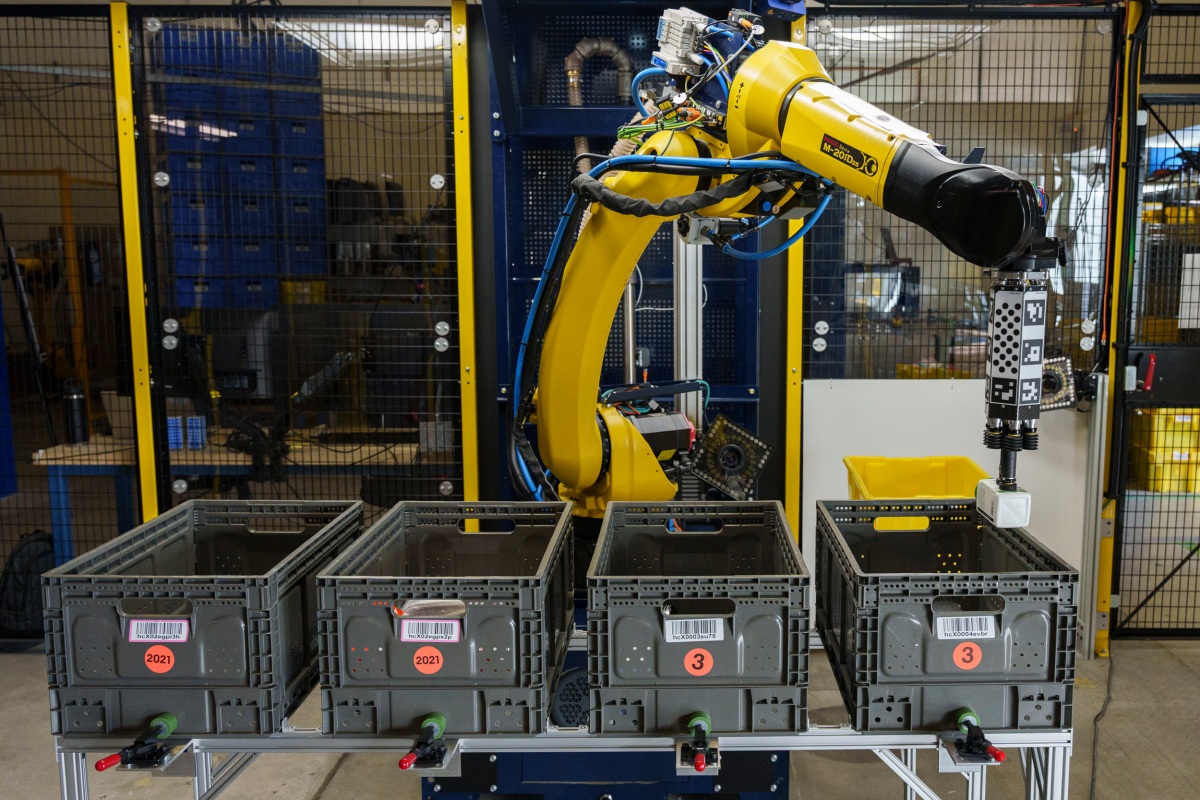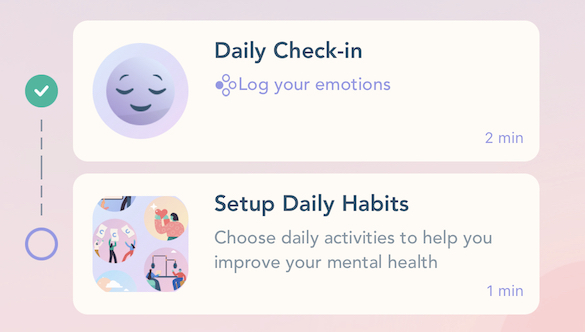Okta CEO opens up about Auth0 acquisition, SaaS slump and Lapsus$ attack • ZebethMedia
Okta launched a cloud identity product back in 2009 when most people were locked into Microsoft Active Directory, an on-prem incumbent so entrenched that nobody believed that anyone could touch it. It took a little audacity to go after a giant like that, but Okta took a cloud-first approach, a markedly different strategy from Active Directory at the time. The company raised over $230 million before going public in 2017. It reached unicorn status with a $75 million raise on a $1.2 billion valuation back in 2015 when the designation meant a little more than it does these days. With ownership of the workforce side of the market, Okta decided to make another bold move when it acquired Auth0 for $6.5 billion during the stock market bubble that accelerated in 2020. The idea behind the deal was not simply to own an identity tool favored by developers — although that was certainly a big part of it — it was really about owning another large piece of the market, one that could make Okta a one-stop identity shop. “There’s a very deep divide between legacy and modern in this market.” Okta CEO Todd McKinnon Okta wanted to own both the workforce market, the core of its approach to that point, as well as the customer identity market where Auth0 lived. And Okta made a substantial bet for a company of its size to make that happen. Okta isn’t alone in the identity space; competitors include companies large and small like ForgeRock, SAP, IBM, Ping Identity, Salesforce, Microsoft, and Akamai, among others. Like every other SaaS company out there, Okta has had a rough year in the public markets, down over 80% in the past year (although it was up almost 10% in midday trading Thursday). It also had to deal with an attack spearheaded by the group Lapsus$ that happened in January but was reported in March — and the fallout from its response. Despite these headwinds, the company has big long-term goals to own the cloud identity market and believes it can ride out the current temporary macroeconomic conditions and the legacy vendors to get there. We sat down with CEO and co-founder Todd McKinnon recently and asked him about how he is navigating these times — and the lessons he’s learned along the way. Growing Auth0 McKinnon emphasized that he spent 14% of his stock value at the time to acquire Auth0, a number he knows off the top of his head, because he wants his company to own the cloud identity market, and he doesn’t think he could do it without Auth0. “We bought them to change, and we bought them because we needed change to win this customer identity market,” he told ZebethMedia. “Our strategy is that we have to win both the workforce market and the customer identity market. And the only way we’re going to turn identity into one of these most important platforms for every company is we have to [own] both use cases.” He said integrating two companies like this didn’t come without challenges, and he may have moved too quickly to bring the products together.









